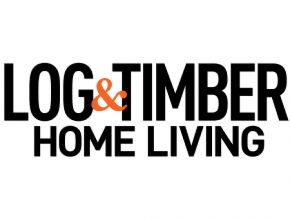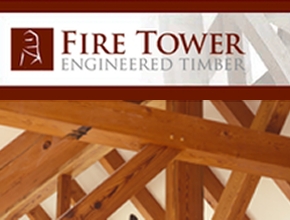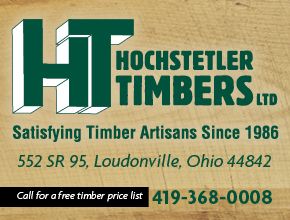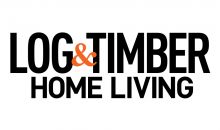Why I attend Guild Conferences By Eric Morley
I remember being surprised by the first conference I ever attended. I couldn't believe that my “competitors” were actually getting up in front of their “competitors" and divulging secrets, lessons, and lots of useful resources. So, for a number of years, I went to Guild conferences mostly to learn. That was a few years ago, and I as I write this, I’m feeling grateful to those who came before me and so willingly gave to me. Then, slowly, something changed. I started wanting to give back, to be a little more like those who openly shared what they know, so couple of years ago, when the TFG asked, I gave a seminar on architectural photography. I enjoyed it, and it made me feel like I was giving back. A day into the Coeur D’Alene conference last month, I realized my reason for attending had changed yet again. For me, the conference had now become about the people. Seeing new faces, introducing myself, and being curious about who they are and why they’re here. And seeing familiar faces—my friends and my peers. Talking with them. Going for a late afternoon bike ride with them. Eating together. Laughing and bidding together at the auction. So for me, it’s now mostly about the people…but also about giving back, and supporting our industry by attending the conferences.
I still learn a lot at every conference. In case they help anyone who wasn’t at the Thursday Business Boot Camp, here are my notes:
Bill Keir on "People Stuff” (Human Resources): Get the best people. How? Start with your own workforce. Then, write a very good advertisement. Great people need to be sold to. Try Craigslist. A personality test that they use which was originally designed for the U.S. Airforce is Thomas Testing. Bill’s company has 27 page job descriptions!
Tony Zaya on selling your company: Quick and dirty (but relatively accurate) way to value a small privately held company? 45% to 55% of annual sales. His goals? To sell Lancaster County Timber Frames to the employees (not an outside buyer), and not to saddle his employees with debt. In a nutshell, he and his partner Joe put profit aside each year and issue employees pro-rated non-voting stock. Once enough money has accumulated to buy him out, his shares transfer to the employees and the process begins anew for his partner Joe. Good idea for bylaws: Both partners must agree on any greater than $10K expenditure, or change in policy.
Jonathan Orpin on Running a Business: NEW takes one day a year and stops work for “A Day of Business”, and tells everyone what it takes to stay in business, and they go over every number. Discussed the SALES-COGS=GP-EXP=NI equation. He explained the Gross Margin versus Markup trap and why people using markup to calculate their selling price are going to be disappointed at the end of the year.
Matt Flemming on SEO: Listening to Matt and talking with him during one of the breaks was worth the whole expense to me. Per Matt: Google dominates SEO, so focus on Google. Set up website for: structure, content, and mobile-friendly. Sign up for Google alerts for your company. Inspectlet.com is a tool that lets you see where people go on your website. Go after highly searched for keywords with low competition. Use long-tail keywords. Content is king (well written, original, quality content). Align your site with similar high authority websites (like TF Guild, Engineering Council). Grow links naturally. Content + links + activity = perpetual traffic.
OSHA: Bill Bankhead, a former 1 star General in the Army, and now in charge of the OSHA inspectors in Idaho, asked an important question: What is your company’s safety philosophy? If it is something like “we do our best to avoid accidents, but some are unavoidable—given the nature of what we do”, don’t tell Bill because he’ll chew you out. He noted that leaders are always accountable (no excuses), leaders have the moral courage to do what’s right, and safety is a leadership issue. He showed some sobering pictures of blood-spattered sites after an accident. If you don’t know what your company’s MOD rate is, find out. Statistics: 1000 unsafe behaviors lead to 300 near misses which lead to 29 serious & lost time injuries, which lead to 1 fatality. 874 deaths in 2014. Construction is 4th worst occupation for deaths. Guess which age group of your employees has the highest rate of fatal work injuries? Not the youngest—it’s the 65 and older employees.
Eric K. Morley | Carolina Timberworks
Published on Nov 12, 2015






